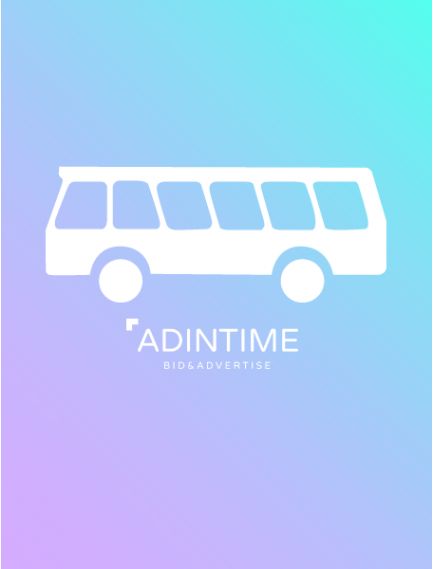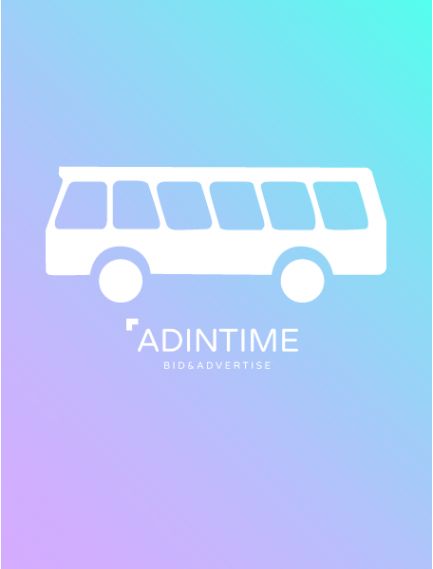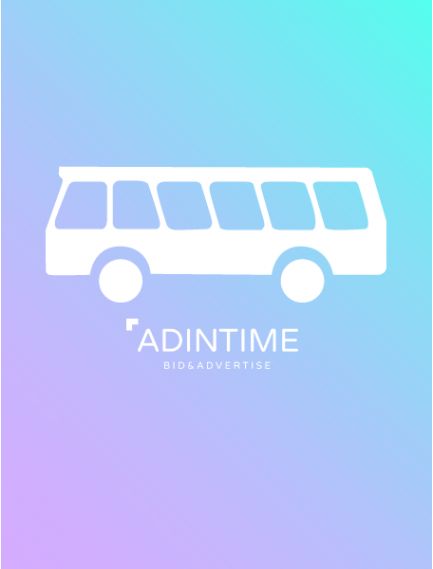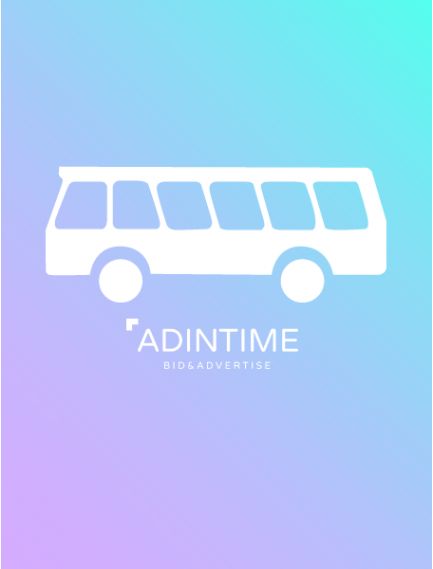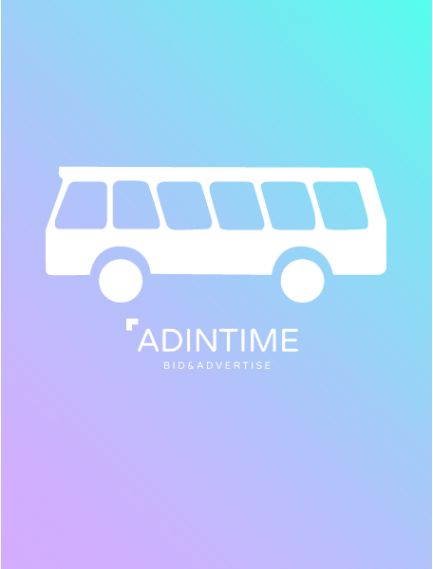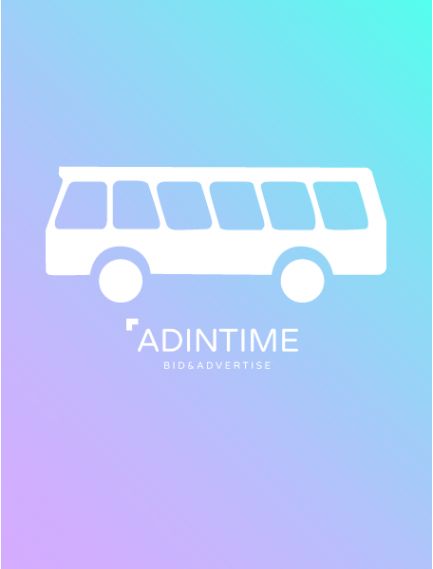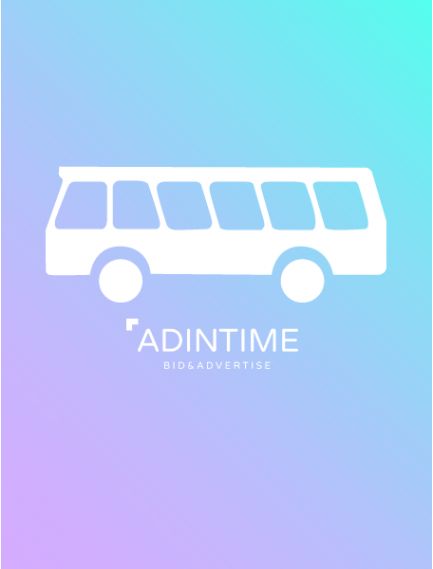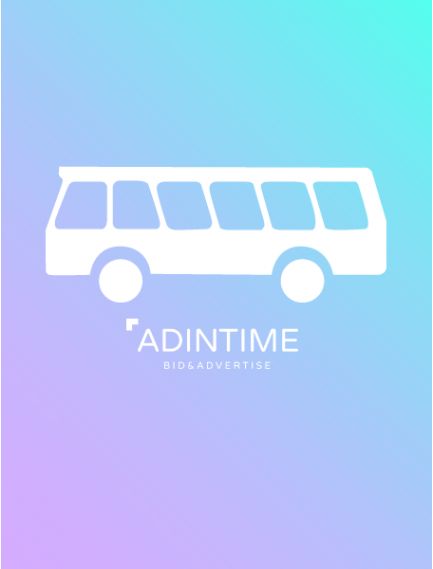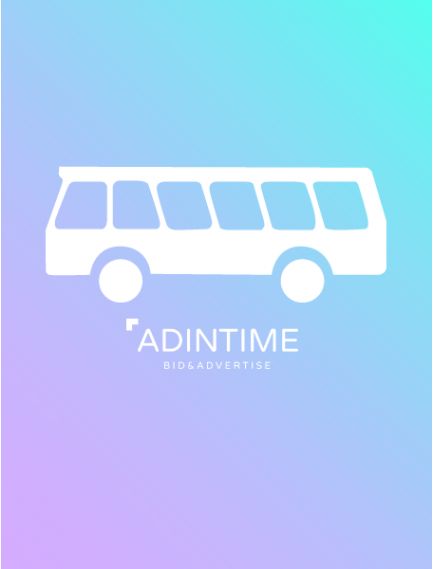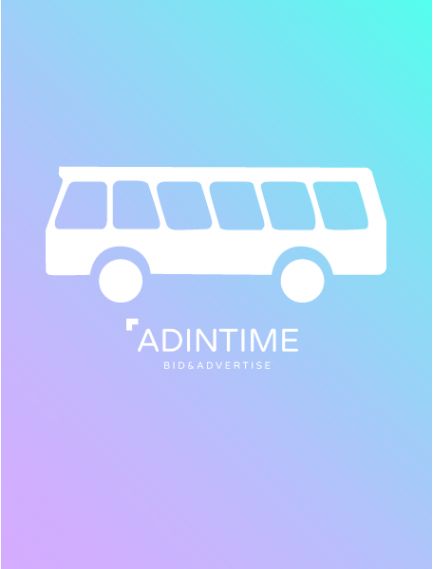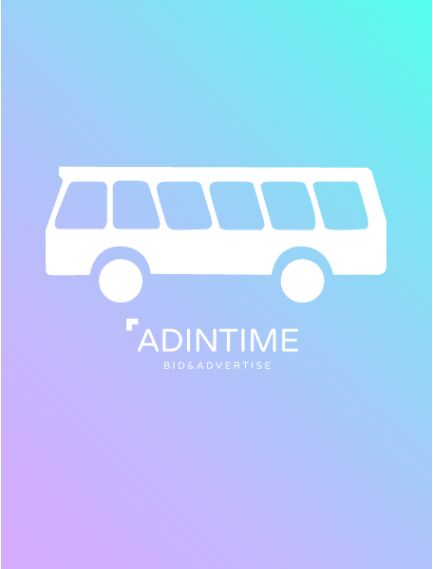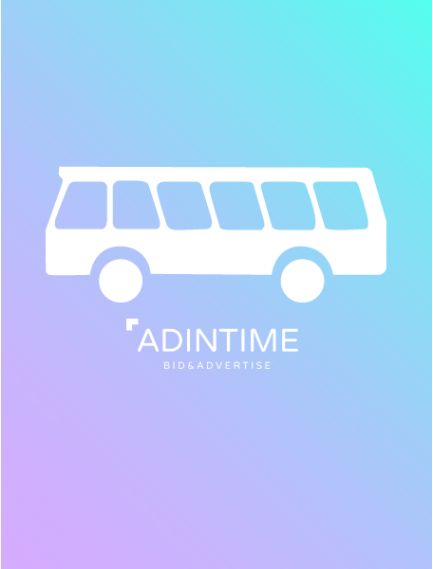What is OOH advertising?
Out Of Home advertising (OOH) refers to all forms of outdoor advertising that consumers see when they are not at home. It includes billboards, transit advertising, and many other formats. This form of advertising is essential for effectively reaching a large audience due to its ability to capture the attention of passersby in various urban and rural environments.
OOH advertising plays a crucial role in the marketing strategy of many businesses, as it offers constant visibility and can complement digital campaigns by reinforcing brand awareness. Furthermore, OOH advertising has evolved with the integration of new technologies, allowing for more interactive and personalized campaigns.
What OOH formats are available?
Billboard advertising
Billboards are one of the most traditional and effective forms of OOH advertising. Placed in strategic locations with high footfall, they ensure maximum visibility. These billboards can come in various sizes and formats (2m2 billboards or 8m2 billboards), ranging from large highway billboards to digital billboards in city centers.
Subway advertising
Subway advertising is particularly effective in reaching a large and diverse urban audience. Advertising spaces in subway stations and inside trains offer numerous opportunities for brands. Subway users spend a significant amount of time in transit, allowing for prolonged exposure to advertising messages.
Bus & Bus shelter advertising
Bus advertising and bus shelter advertising offer mobile and continuous visibility. Buses travel long distances across the city, reaching diverse audiences throughout the day. Additionally, bus shelters located at stops are strategic places where passersby and commuters can see the advertisements up close.
Long-term advertising
Long-term advertising is an ideal solution for campaigns requiring prolonged visibility. These ads are designed to withstand outdoor conditions and maintain their visual quality over long periods. They are perfect for seasonal campaigns or for reinforcing a brand's presence over the long term.
What are the Advantages of OOH Advertising?
OOH advertising offers many advantages for businesses looking to increase their visibility and reach a large audience. Here are some of the main benefits:
Extended coverage
One of the most significant advantages of OOH is its ability to reach a wide audience. OOH devices are typically located in high-traffic areas, such as city centers, busy roads, and public transport zones. This strategic presence captures the attention of a large number of people from different demographic segments, thus increasing the reach of the advertising campaign.
Flexibility and creativity
Out Of Home advertising offers great flexibility in terms of formats and locations. Advertisers can choose from a variety of media, ranging from traditional billboards to interactive digital displays. This diversity allows for the creation of creative and innovative campaigns that stand out visually. Moreover, new technologies, such as LED screens and interactive posters, open new possibilities for engaging the public dynamically.
Precise targeting
Contrary to what one might think, outdoor advertising allows for relatively precise targeting. By carefully choosing the locations of the advertisements, advertisers can reach specific market segments. For example, ads placed near office buildings can target professionals, while those near schools can target students and families. This ability to segment the audience makes OOH campaigns particularly effective.
How to choose the right OOH device?
Choosing the right Out Of Home advertising device is crucial to maximize the impact of your advertising campaign. Here are some key elements to consider for making the best choice:
Audience analysis
The first step in choosing the right OOH device is to understand your target audience well. Identify the demographic characteristics, behaviors, and travel habits of your audience. For example, if your target is mainly young professionals, opt for ads in business districts or near subway stations frequented by this audience. A thorough analysis of your audience allows you to select the most relevant locations and formats for your advertisements.
Campaign objectives
Define the specific objectives of your advertising campaign. Do you want to increase brand awareness, promote a specific product, or announce a special event? Depending on your goals, certain OOH formats will be more suitable than others. For example, if your goal is maximum visibility, large billboards in busy areas are recommended. On the other hand, if you want to create interaction with your audience, digital and interactive devices are preferred.
Budget constraints
Budget is an essential element to consider when choosing OOH devices. Evaluate the costs associated with different advertising formats and locations, and balance them with your overall marketing budget. While large billboards may be more expensive, they offer greater visibility. On the other hand, smaller formats or local campaigns may be more affordable while still being effective. It is important to find a balance between cost and expected return on investment.
Compliance with regulations
Before launching your OOH advertising campaign, ensure you comply with local regulations and advertising standards. Each city or region may have specific rules regarding the placement and content of advertisements. Make sure you obtain the necessary authorizations and comply with size, format, and location restrictions. Compliance with regulations avoids potential fines and ensures your campaign runs smoothly.
Environmental impact
Finally, consider the environmental impact of your advertising campaign. Opt for eco-friendly solutions, such as the use of recyclable materials, energy-efficient digital screens, or eco-designed posters. OOH advertising can contribute to sustainability efforts and convey a positive image of your brand.


